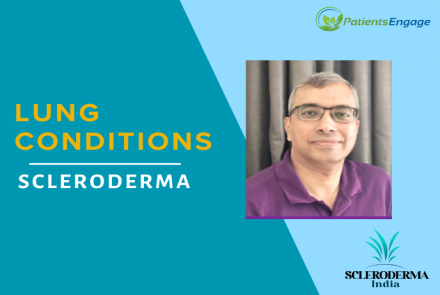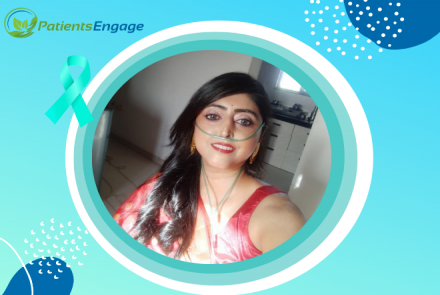
The diagnosis for Interstitial Lung Disease includes the following tests and examinations:
- History and Physical Examination:
Your doctor may ask about the onset, severity, rate of worsening of symptoms, the family history, smoking and drug history, and the occupational and environmental exposure history. Smoking can cause and worsen ILDs.6-minute walk test: The doctor may perform a 6-minute walk test to assess the aerobic exercise capacity and thus the lung and heart function. The patient is asked to walk back and forth to a point for 6 minutes and to mention if there is any chest pain or difficulty in breathing. The heart rate, blood pressure, and oxygen saturation are then measured and compared to normal for the age to assess lung functioning.
ILDs classically produce the “3Cs”: cough, clubbing of the nails, and coarse crackles on auscultation (action of listening to sounds from the heart or lungs).
The examination further reveals any neurological issues, additional sounds like crepitations and rhonchi (sounds from the large airway that sound like gurgles or bubbling and may be heard during both inhalation and exhalation) in the lungs.
Autoimmune diseases like sarcoidosis, rheumatoid arthritis elevate the risk of developing an ILD.
- Blood tests:
Inflammatory markers like ESR, CRP, IL6 (acute phase inflammatory cytokine), KL-6 (a transmembrane mucoprotein which is secreted by injured alveolar cells and is a potential biomarker in multiple studies and found to correlate with the extent of fibrosis), Surfactant Protein-D (SPD). These help to assess the extent of lung inflammation, scarring, and related prognosis.Cell counts, as seen in the routine complete blood count (CBC), help to determine underlying causes and potential inflammation or infections if any.
- Pulmonary Function Test: This is used to demarcate whether the lung condition is restrictive or obstructive lung disease (for more info, read the article on Restrictive vs Obstructive lung disease). Since ILD is a restrictive disease, your Pulmonologist will look for the following patterns on your test report:
- Decreased FVC (Forced vital capacity): The amount of air that can be forcibly exhaled from the lungs after inhaling as deeply as possible.
- Decreased TLC (Total lung capacity): The total volume of air in the lungs after maximum possible inspiration.
- FEV1 (Forced expiratory volume in 1st second): Usually shows a slight decrease or remains unchanged. It is the amount of air exhaled in the first second after a full inhalation.
- Normal or increased ratio of FEV1 to FVC: A key pattern that pulmonologists look for in restrictive lung diseases.
- Reduced DLCO (Diffusing capacity for carbon monoxide): The extent to which oxygen passes from the air sacs of the lungs into the blood.
- CT scan of the chest
HRCT (High resolution computed tomography)
- Bronchoscopy or Lung Biopsy to view the tissue under microscope.
Questions to ask your doctor if you have been diagnosed with ILD:
- Understand the underlying cause of your ILD
- Discuss your treatment options.
- Possible rate of progression.
- What measures you can take to slow down the damage?
- The measure you can undertake to improve the quality of life.














